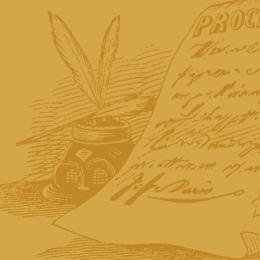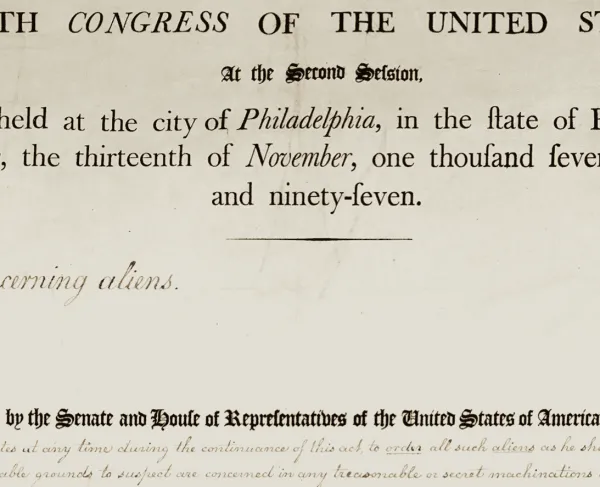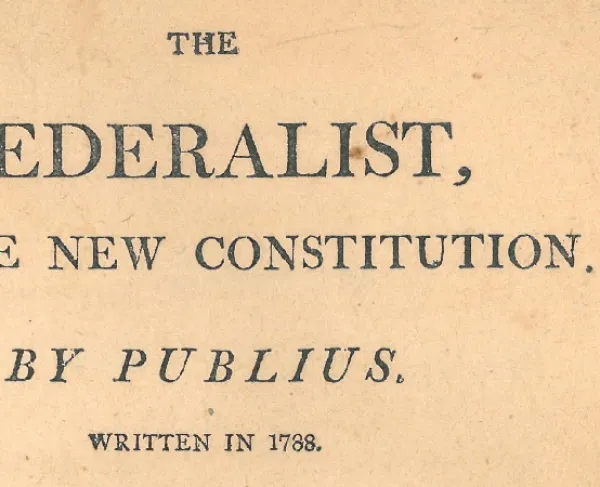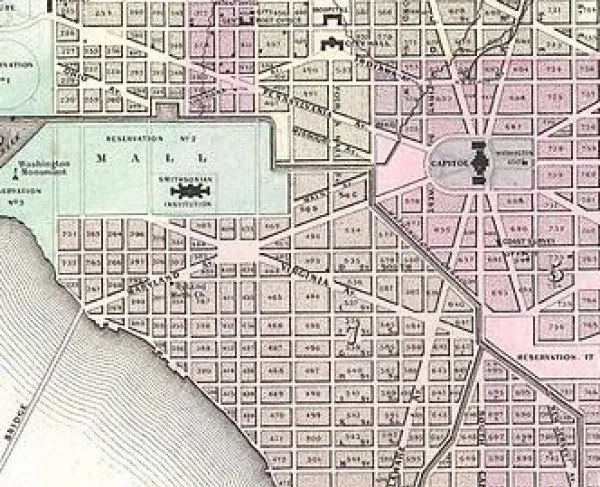Jay Treaty
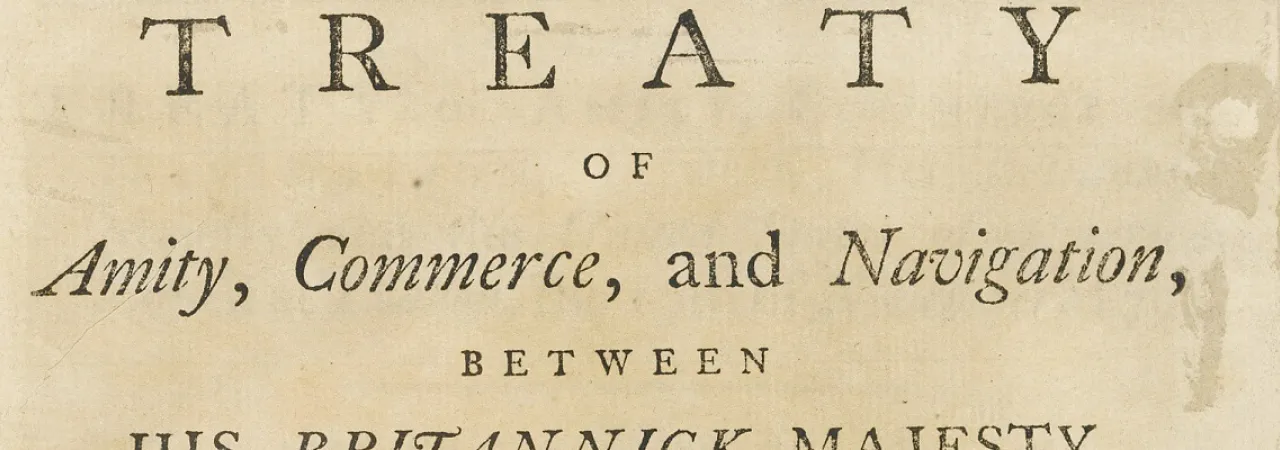
John Jay was 49-years old on November 19, 1794, when, as a representative of the United States, affixed his signature to an agreement with Great Britain. Known to American history as the Jay Treaty, the pact aimed to settle outstanding issues between Great Britain and the United States left unresolved from the Treaty of Paris that had ended the American Revolutionary War the decade before. A much-needed act of diplomacy, the treaty was hugely unpopular with the general American public. Jay himself remarked candidly that he “could find his way across the country by the light of his effigies burning.”
Three issues dominated the era between the end of the American Revolution in 1783 until the time American and British negotiators met in England for the Jay Treaty. The first centered on trade, as British exports streamed into American markets, but Great Britain blocked American exports from reaching British consumers. Second, the British had yet to evacuate the forts around the Great Lakes and in the northern territories agreed upon in the Treaty of Paris and were complicit in provoking Native American forays. Lastly, the impressment continued of American sailors by the British Royal Navy along with the seizure of military supplies on American ships sailing to ports belonging to enemies of Great Britain.
President George Washington’s aim was to forgo an open confrontation with Great Britain and, after consulting with his cabinet, agreed with the stance of Secretary of the Treasury Alexander Hamilton. Washington sent John Jay—serving at the time as Chief Justice of the Supreme Court—as the government’s representative. Jay also espoused pro-British sympathies, which made him compatible with Hamilton, who the former looked to for guidance on how to proceed. Hamilton recommended that Jay focus on one of the issues above—the export disparity—along with pushing an agenda that favored stabilizing relations with Great Britain.
As Jay embarked for his diplomatic mission, the native New Yorker had limited bargaining chips to use to convince his British counterparts in the ensuing negotiations. However, with Great Britain at war with the French, the United States could strengthen its neutral stance, similar to what the Danish and Swedish governments had decreed. Both of those governments had solidified their stance by defending their neutral status in the ongoing European conflict and defending that decision with the threat that any attempt to seize their ships or goods on the open seas would be met with military resistance.
Unbeknown to Jay initially, Hamilton had unilaterally reached out to British government representatives that the Washington Administration had no current intention to joining the Danish and Swedish stance. Consequently, Jay was only able to pry another assurance of evacuation of the northern forts from the British along with a commercial treaty. The latter granted the United States “most favored nation” status but clamped limitations of American access to British West Indies colonies. Arbitration was the agreed upon settlement for all other outstanding issues between the two nations. These included the dispute about the Canadian-Maine border, the compensation for pre-revolutionary war debts, and British impressment of sailors and seizures of American vessels around the Atlantic and globe. However, the treaty heavily favored Great Britain, even granting them additional rights than those mentioned above. Jay agreed to the continuation of United States goods being transported to France with the promise that the British would pay them. To even make it more lopsided toward the British, Jay agreed to let the British confiscate without payment to American merchants or shipowners any French goods on American ships.
Naturally, as news of the treaty arrived on American shores, the public soured on what Jay had achieved. Washington stood fast in his support of Jay, looking at the treaty strategically. The United States was still a fledgling nation, recovering from the American Revolution and establishing its foundation and processes. The treaty therefore bought the United States time to rearm, create that foundation and begin to formulate a military establishment. When the treaty was sent to the Senate for ratification, the legislators nominally agreed with Washington, passing it with a 20-10 vote on June 24, 1795. The current prize of peace with Great Britain was established. Ironically enough, approximately 20-years later, negotiators between the two countries would again meet to hammer out the final details of another treaty, this one ending the War of 1812 and eliminating some of the outstanding issues that the Jay Treaty was unable to accomplish.
Public opinion at the time raged Jay and the treaty, as referenced by Jay himself on the fact of the number of his effigies that were consigned to conflagration. However, the goal of the treaty was to maintain the peace between Great Britain and the United States and to preserve the neutrality of America while Europe was at war. On those ends, the treaty succeeded, and historians viewing the treaty through that prism have noted its merit and purpose.
Further Reading:
- John Jay: Founding Father by Walter Stahr (Diversion Books, 2017)
- The Jay Treaty: Political Battleground of the Founding Fathers by Jerald A. Combs (University of California Press, 2023)
